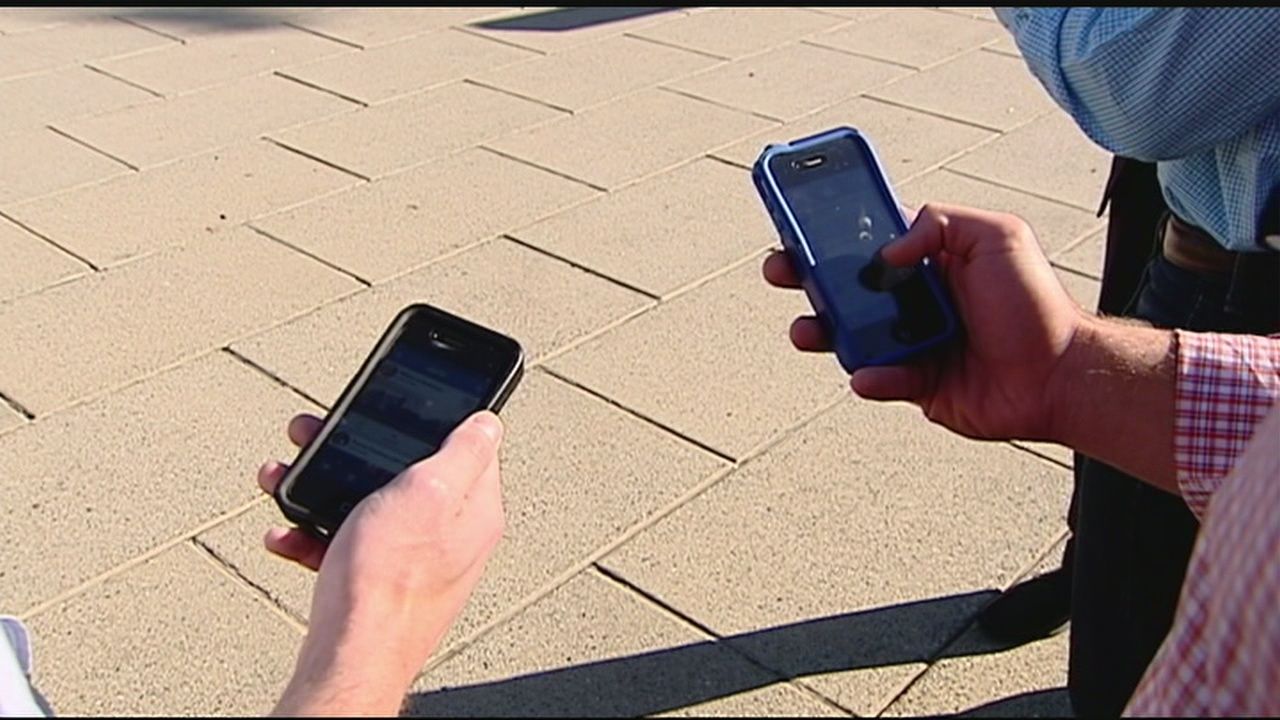Imagine controlling all your devices with a single click—no more manual adjustments or wasted time. Remote Device Management (RDM) makes this possible.

In an era where smart technology dominates, managing devices efficiently is no longer optional—it’s essential. Remote Device Management (RDM) is revolutionizing how we interact with technology, offering seamless control, real-time monitoring, and unparalleled convenience. Whether you're a tech enthusiast, a business owner, or someone looking to streamline daily operations, understanding RDM is the key to unlocking smarter, more efficient systems.
This comprehensive guide will explore what RDM is, its benefits, practical applications, implementation strategies, and challenges. By the end, you’ll have the knowledge to harness RDM’s full potential in your personal or professional life.
Remote Device Management (RDM) is a protocol that enables users to monitor, configure, and control devices remotely over a network. Originally developed for lighting systems in the entertainment industry, RDM has evolved into a versatile solution for home automation, IT management, telecommunications, and beyond.
Unlike traditional one-way remote control systems, RDM supports **two-way communication**, allowing devices to send status updates, diagnostics, and performance data back to the user. This bidirectional interaction makes RDM a powerful tool for proactive device management.
Remote Configuration: Adjust device settings without physical access.
Real-Time Monitoring: Track performance, energy usage, and operational status.
Firmware Updates: Deploy updates over the network, eliminating manual interventions.
Diagnostics & Troubleshooting: Identify and resolve issues before they escalate.
With the rise of the **Internet of Things (IoT)**, RDM has become even more critical, enabling seamless integration across smart homes, industrial systems, and enterprise networks.
RDM consolidates device control into a single platform—whether it’s a centralized dashboard or a mobile app. No more running between rooms or offices to adjust settings; everything is accessible from anywhere.
Example: A smart home owner can adjust thermostats, lights, and security cameras from their smartphone while away.
Manual device management is time-consuming. RDM automates tasks like firmware updates, diagnostics, and performance tracking, freeing up valuable time for more critical work.
Business Case: IT teams can remotely troubleshoot network devices, reducing downtime and improving productivity.
RDM systems gather real-time data on device performance, energy consumption, and usage patterns. This data helps optimize operations and predict maintenance needs.
Example: A manufacturing plant uses RDM to monitor machinery health, preventing costly breakdowns.
Whether managing five devices or five thousand, RDM scales effortlessly. It’s ideal for businesses expanding their IoT ecosystems or homeowners adding new smart gadgets.
Implementing RDM requires careful planning but is straightforward with the right approach.
Ensure your devices support RDM (check manufacturer specifications).
Upgrade non-compatible devices or use intermediary controllers.
Select a platform that aligns with your needs:
For Homes: Smart hubs like Home Assistant or proprietary apps (e.g., Philips Hue).
For Businesses: Enterprise-grade solutions like Cisco IoT or IBM Maximo.
Assign static IP addresses to critical devices for stable communication.
Set up secure protocols (e.g., TLS encryption) to prevent unauthorized access.
Run diagnostics to ensure all devices communicate correctly.
Train users to navigate the system efficiently.
Schedule firmware updates to patch vulnerabilities.
Monitor performance logs to identify inefficiencies.
RDM is widely used in stage lighting, allowing technicians to adjust brightness, color, and effects remotely during live performances.
From thermostats to security systems, RDM enables homeowners to automate and control their environment effortlessly.
Network Management: Detect and resolve outages before users notice.
Inventory Tracking: Monitor device locations and statuses in real time.
Hospitals use RDM to manage medical equipment, ensuring devices like ventilators and monitors function optimally.
Solution: Research RDM-compatible devices before purchasing. Use adapters for legacy systems.
Solution: Implement strong encryption, multi-factor authentication, and regular security audits.
Solution: Invest in training sessions and user-friendly interfaces to ease adoption.
As IoT expands, RDM will become even more integral to device management. Advances in AI and machine learning will enable predictive maintenance, autonomous adjustments, and deeper integration across industries.
Remote Device Management is more than a convenience—it’s a necessity in our connected world. By leveraging RDM, you can save time, enhance security, and optimize performance across all your devices. Whether for personal use or large-scale enterprise systems, RDM is the key to smarter, more efficient control.
Ready to take control? Start your RDM journey today!